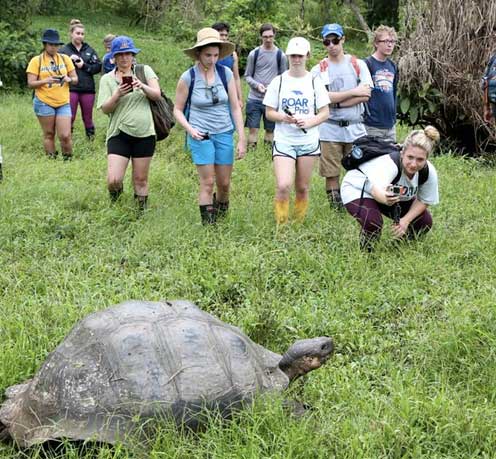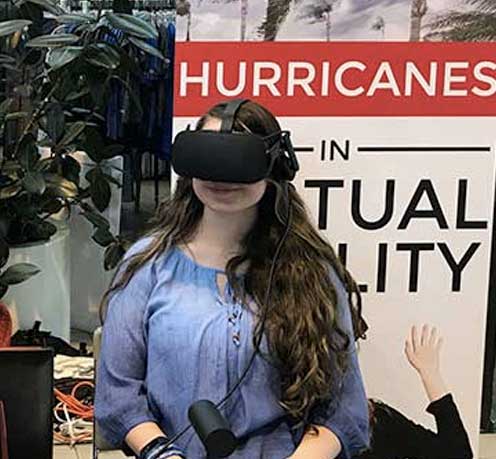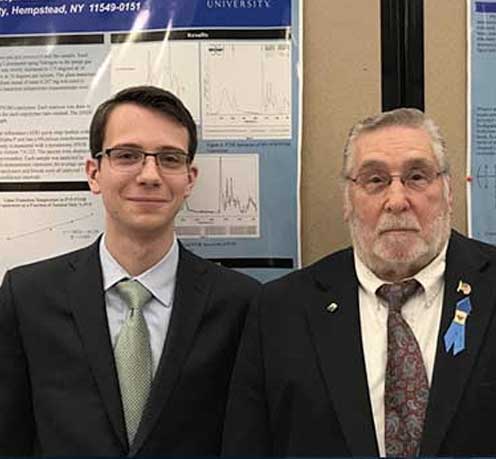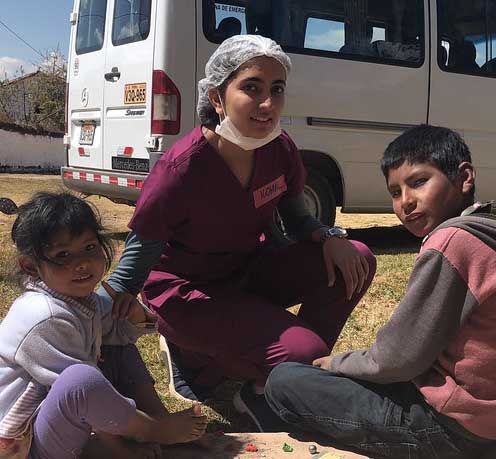Students in the School of Natural Sciences and Mathematics work with faculty to foster the discovery and transmission of knowledge in astronomy, biology, chemistry, environmental studies, geology, mathematics, physics, psychology, and sustainability.
In the Classroom
Our Programs
The School of Natural Sciences and Mathematics offers you a diverse choice of degree options and minors across several departments, as well as interdisciplinary programs and a Premedical Postbaccalaureate Certificate Program.

The Latest
About the School
Students conduct research in both the laboratory and the field under the guidance of their faculty mentors, and they go on to present their data and ideas at local, regional, and national forums. They prepare to continue their studies in advanced degree programs in their fields and for a wide array of careers as medical and mental health professionals, research scientists, educators, and entrepreneurs.





